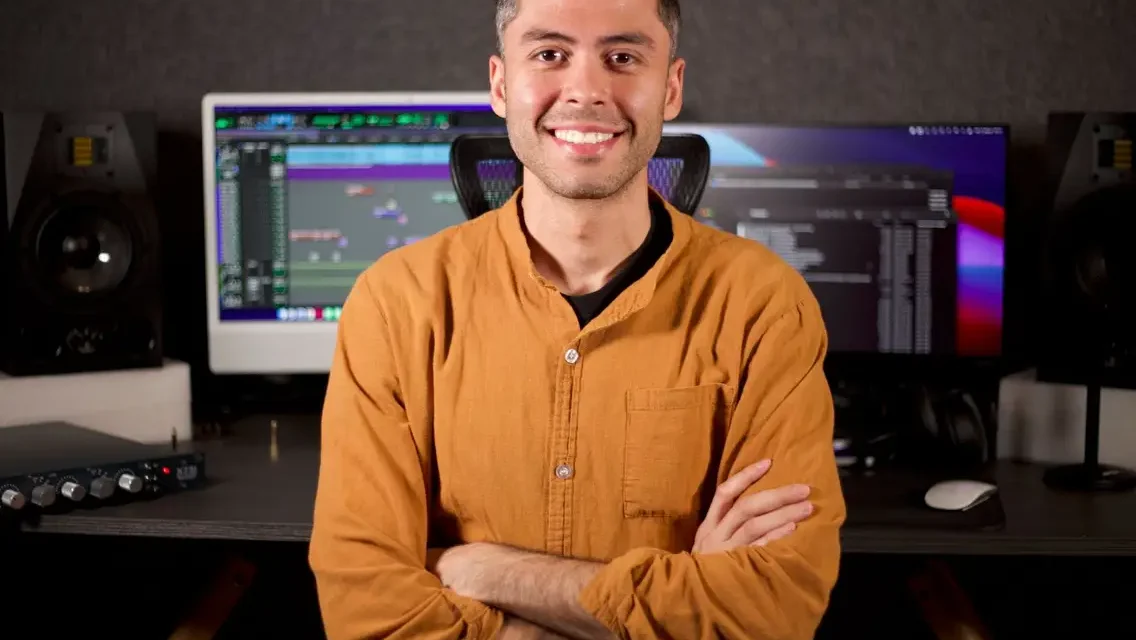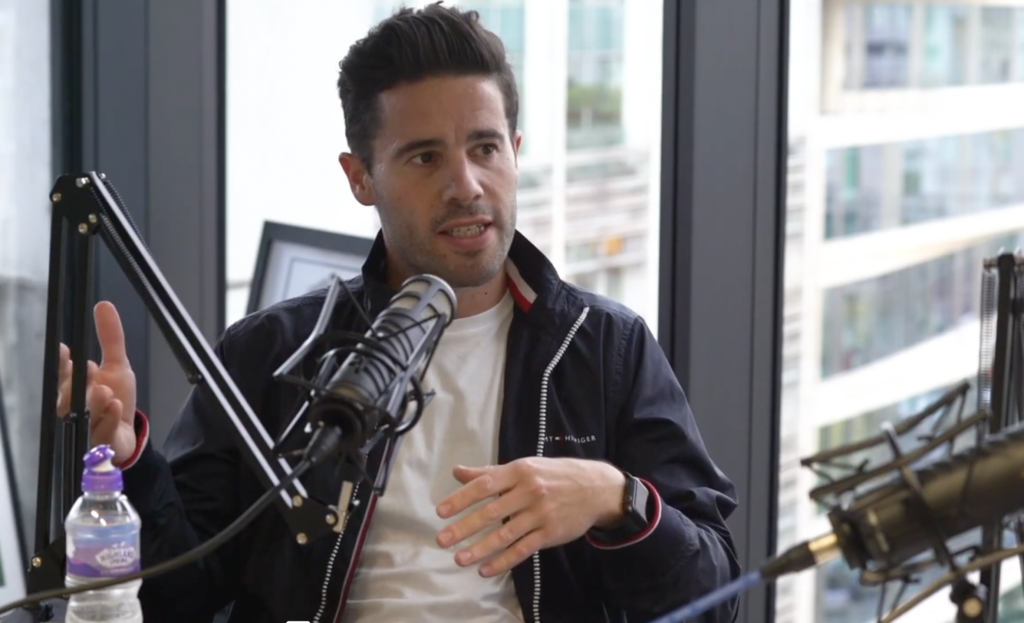In the latest episode of the Business of Creators podcast, Farbod Mansorian, the founder of Unilingo, a company that translates YouTube videos into multiple languages, discusses the importance of translating content for a global audience.
Mansorian explained that there are two main ways to translate YouTube videos: dubbing and subtitles. Dubbing is when a new voice actor is recorded to replace the original audio, while subtitles are text that is displayed on the screen to translate the original audio.
Mansorian recommends dubbing for videos that are intended for a younger audience or for videos that are very visual. He says that dubbing can make the video more engaging and easier to understand for viewers who don’t speak the original language. For videos that are intended for an older audience or for videos that are more complex, Mansorian recommends subtitles. He says that subtitles are a more accurate way to translate the original audio, and they can be helpful for viewers who want to learn a new language.
He says that Unilingo uses a team of professional translators to ensure that the translations are accurate and engaging. He also says that Unilingo offers a variety of pricing options to fit any budget.
If you’re a YouTube creator who wants to reach a global audience, Mansorian recommends translating your videos into multiple languages. He says that translating your videos is a great way to increase your views, subscribers, and revenue.
Here are some key takeaways from the conversation:
- There is a huge demand for translated content on YouTube.
- Dubbing and subtitles are the two main ways to translate YouTube videos. Subtitles are more cost-effective, but dubbing can be more engaging for viewers.
- Unilingo has worked with some of the biggest creators on YouTube, including Veritasium and Mark Rober.
- Farbod Mansorian believes that AI will eventually play a role in translation, but that it is not yet ready to replace human translators.






